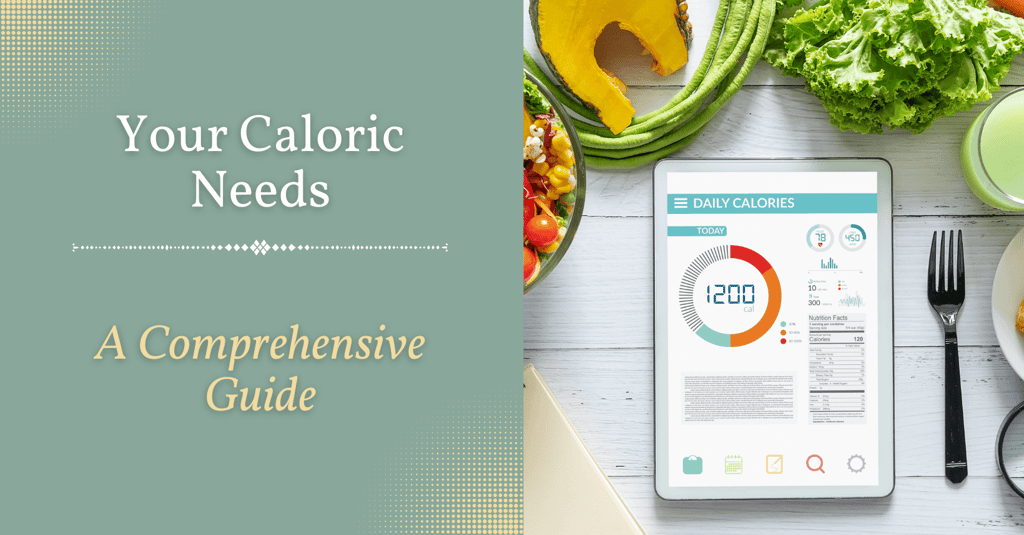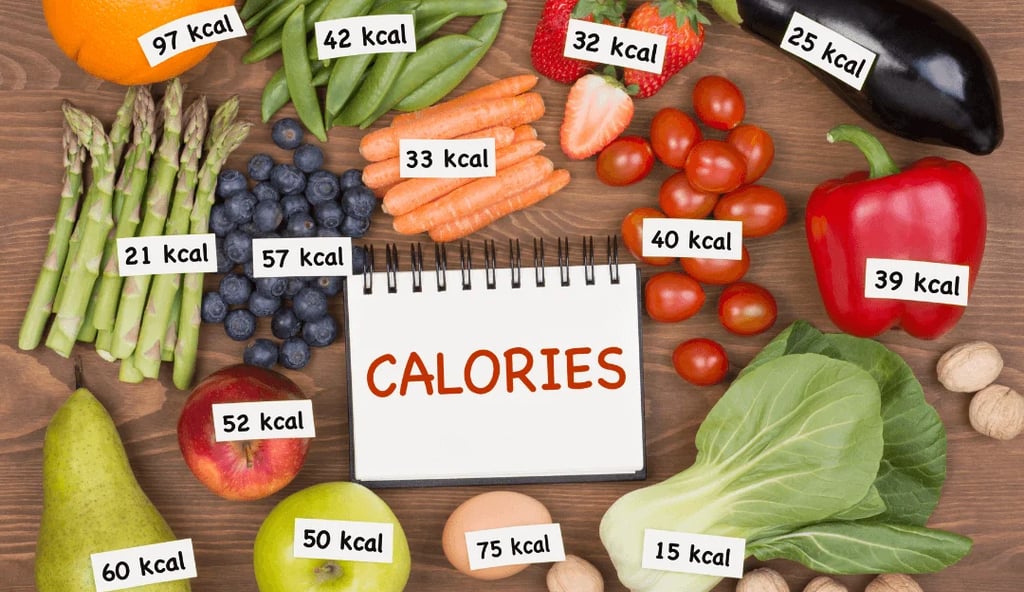Identifying Your Caloric Needs: A Comprehensive Guide
8/23/20233 min citit


When it comes to achieving your health and fitness goals, understanding your caloric needs is a fundamental step. Whether your aim is to lose weight, maintain your current physique, or even gain muscle mass, knowing how many calories your body requires is essential for crafting an effective nutrition plan. This article will guide you through the process of identifying your caloric needs, helping you make informed decisions about your diet and lifestyle.
Understanding Caloric Balance: The Basics
Calories serve as the unit of measurement for energy derived from the food and beverages we consume. Your caloric balance is determined by the relationship between the number of calories you consume and the number of calories you expend through daily activities and metabolic processes. Maintaining a healthy caloric balance is crucial for achieving and sustaining your desired weight and overall well-being.
Factors Affecting Caloric Needs
Basal Metabolic Rate (BMR): BMR represents the number of calories your body burns at rest to maintain basic physiological functions such as breathing, circulating blood, and regulating body temperature. Your age, gender, weight, and height significantly impact your BMR.
Physical Activity Level: The energy expended through physical activities varies from person to person. A sedentary lifestyle requires fewer calories than an active one. Activities such as walking, exercising, and even fidgeting contribute to your overall caloric needs.
Goals: Your objectives – whether you aim to lose weight, maintain, or gain – play a role in determining your caloric intake. Weight loss requires a caloric deficit (burning more calories than you consume), while muscle gain entails a caloric surplus (consuming more calories than you burn).
If you have any questions or need some assistance, feel free to submit a comment or send us a message here.
Calculating Your Caloric Needs
Several methods can help you estimate your caloric requirements:
Harris-Benedict Equation: This equation takes into account your BMR and activity level to estimate your daily caloric needs. Multiply your BMR by an activity factor: sedentary (BMR x 1.2), lightly active (BMR x 1.375), moderately active (BMR x 1.55), very active (BMR x 1.725), or extremely active (BMR x 1.9).
Online Calculators: Numerous online calculators simplify the process by incorporating your personal information and activity level to estimate your daily caloric needs. While these tools provide a convenient estimate, remember that they are based on general population averages.
Adjusting for Goals
Once you’ve estimated your caloric needs, adjust them according to your goals:
Weight Loss: To lose weight, aim for a caloric deficit of 500 to 1000 calories per day. This gradual approach promotes sustainable weight loss and minimizes muscle loss.
Weight Maintenance: Maintain a balance between the calories you consume and expend to sustain your current weight. Regularly monitor your weight and adjust your caloric intake as needed.
Muscle Gain: For muscle gain, introduce a moderate caloric surplus, typically around 250 to 500 calories above maintenance. Prioritize a balanced diet rich in protein to support muscle growth.
Monitoring and Flexibility
It’s essential to monitor your progress and remain adaptable. Regularly assess your weight, energy levels, and overall well-being to determine if your caloric intake is aligning with your goals. Bodies change over time, so periodically re-evaluate and adjust your caloric needs accordingly.
Conclusion
Identifying your caloric needs lays the foundation for a successful and sustainable journey towards your health and fitness aspirations. By understanding factors such as BMR, activity level, and goals, you can estimate the right caloric intake for your individual needs.
Remember, the key is to strike a balance between the calories you consume and expend, allowing you to make gradual, achievable changes that lead to positive outcomes. Always prioritize a healthy and balanced diet, stay attuned to your body’s signals, and seek professional guidance when needed. Your caloric journey is a dynamic process—embrace it with patience and determination.


